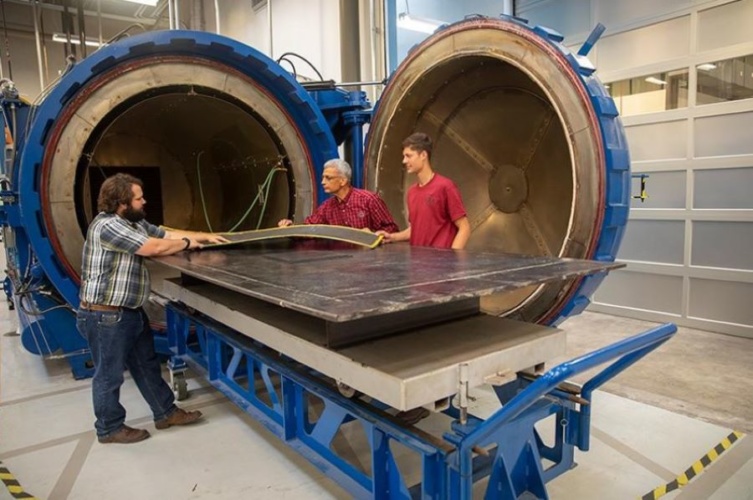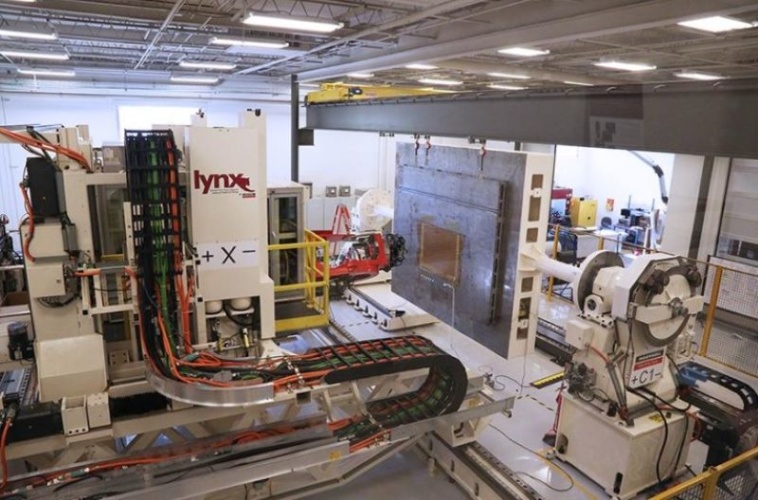We spend years as engineering professors trying to optimise a 50-minute session, yet we are failing at where it counts the most. Our faculties are strong, and our curriculums educate, but our programs must step out of the classroom and into the 21st century.
There are two keys to the future of engineering education. First, universities must acquire partnerships with private sector companies, government institutions, and military industries so engineering students have the opportunity to work on real world projects, similar to the concept of a hospital to a medical school. Second, universities and professors must make calculated efforts to innovate university labs. The connection between the classroom and the laboratory must be seamless so students can apply their knowledge to 21st century concepts.
Interview: Ravi Bellamkonda, Dean of Duke University’s Pratt School of Engineering
University partnerships with industry leaders in engineering put students in a position to gain applicable skills and later on, work for top-tier companies and influential institutions. It is the job of universities and professors to prepare engineering students to work in high-tech and innovative jobs. If academia enters into this partnership with industry, then when students graduate, they will be job ready, and as a result, be in a position to help create the next great innovation.
My fundamental belief in this approach is being put to practice at the University of South Carolina, where I have helped lead the school to funded partnerships with manufacturing leaders, such as NASA, Siemens, Boeing, Nephron Pharmaceuticals and Toray. These partnerships are key to true development in engineering students. Students are allowed to take what they’ve learned in the classroom and use those skills at the forefront of emerging manufacturing economies. The work that students complete in a classroom is undoubtedly a necessary foundation, but what sets apart a good student from a prepared student is having the experience working with innovative technologies in the private sector and the government/military industry.

The industry partnerships listed above are just a few examples of how engineering students gain valuable experiences. Universities must make sure that their students have the ability to work on state-of-the-art projects that expose them to leading-edge technologies.
The second key to the future of engineering education, which is within the university setting, requires integrative coursework that introduces the future workforce to ideas that can help them create sustainable innovations across different engineering fields. This would require a convergence of disciplines that can never be sustained in silos. Today, we are still graduating mechanical, civil, electrical and other specific types of engineers. The future engineer will have the training to debug, think critically, innovate, communicate, and then implement solutions to case by case problems.
This is why at the University of South Carolina we are setting up the Future Factories laboratory, where autonomy, artificial intelligence, augmented reality, robotics, the so-called Internet of Things, and much more interact while having case studies from aerospace and pharmaceutical industries. Another innovation that we are spearheading in our Future Factories laboratory is the integration of drone inspection that coordinates with tracking systems while a flexible manufacturing system is conducting autonomous operations.

We have seen the fruits of this education method from what we have implemented at the McNAIR Center through the integration of undergraduate students in research. This process has had a phenomenal influence on the students and the industry, and we have success stories where undergraduate students have been trained on the usage of industrial scale automated fibre placement manufacturing platforms. Such an experience enables the student to unlock new career choices, as well as help the industry acquire skilled students that otherwise would have not pushed into a career in advanced manufacturing.
In the next five years, my plan is to grow the concept of the Future Factories laboratory to promote learning across all age groups. There are seven initiatives that will introduce robotics to middle schoolers, create a new industrial manufacturing systems-based program at the University of South Carolina, and allow retired people to share their knowledge with future generations through a cyber manufacturing platform.
Universities, professors, and industry leaders must make strong commitments to provide ample opportunities for engineering students to engage with real world technologies to make a difference as future industry innovators. This is the future of engineering education.
Dr. Ramy Harik, a Fulbright Scholar, is a mechanical engineering professor at the University of South Carolina’s College of Engineering and Computing, and one of Smart Manufacturing magazine’s Top 20 most influential professors in smart manufacturing. He is the author of the ‘Introduction to Advanced Manufacturing’ book by SAE.




Glasgow trial explores AR cues for autonomous road safety
They've ploughed into a few vulnerable road users in the past. Making that less likely will make it spectacularly easy to stop the traffic for...